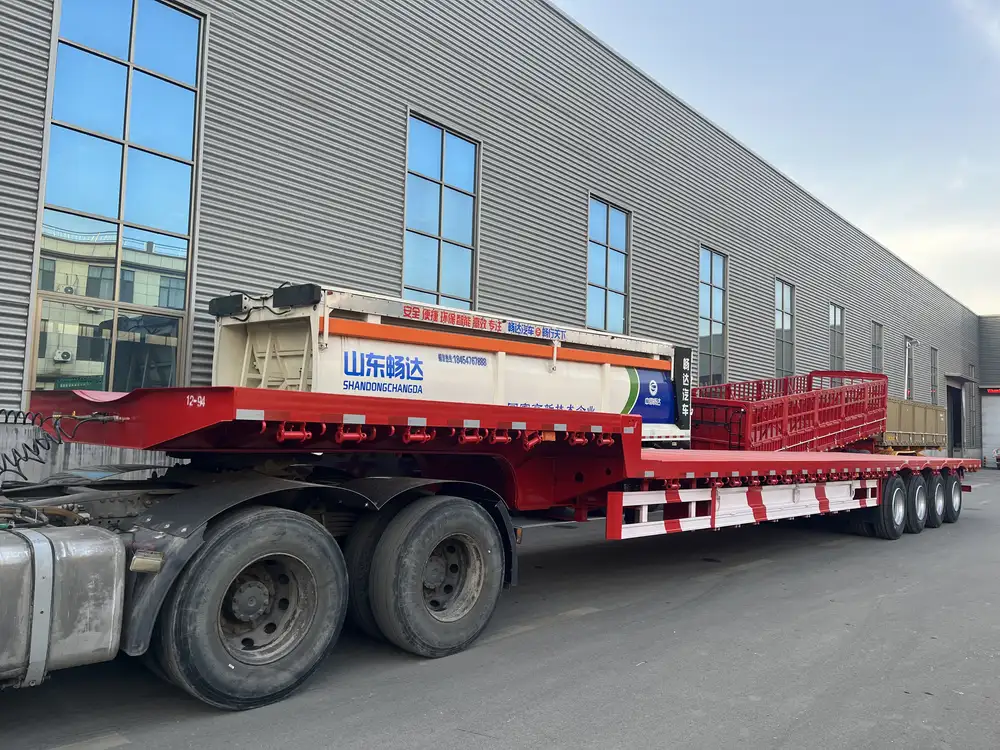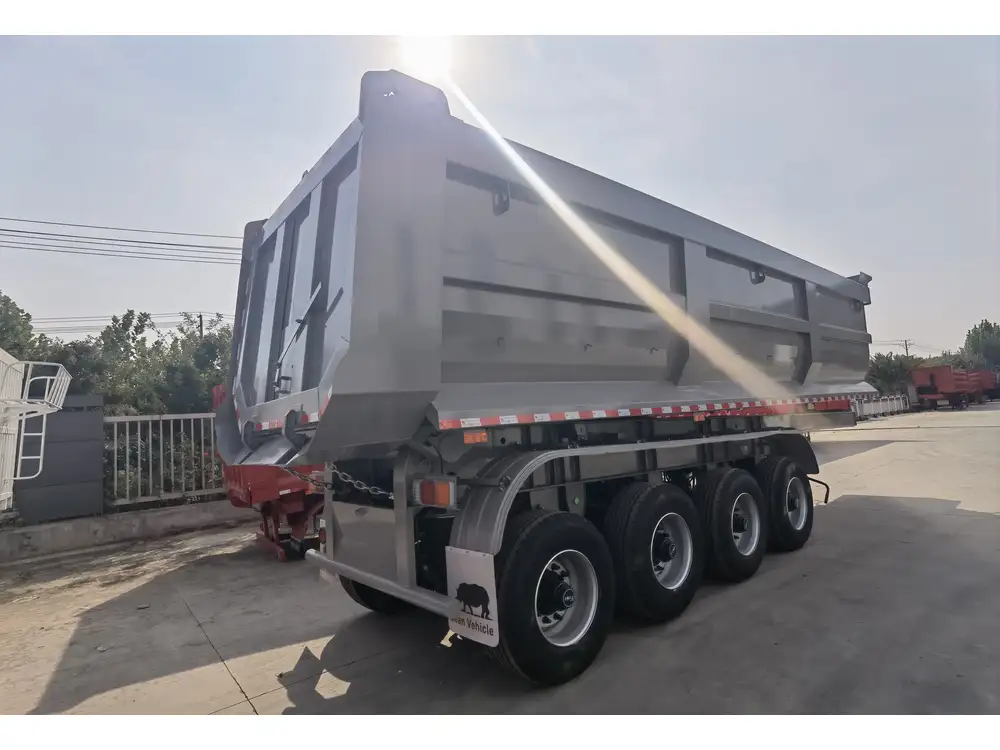Maintaining the cleanliness and functionality of a trailer’s septic tank is paramount for optimal performance and hygiene. Regular servicing ensures that the sewage system operates smoothly, preventing unpleasant odors and potential overflow situations. In this article, we delve into the detailed processes, tools, and best practices pertinent to cleaning a trailer septic tank effectively.
Understanding the Components of a Trailer Septic Tank System
Before we delve into the cleaning process, it’s vital to understand the components that comprise a trailer septic tank system. Understanding these will allow for more effective cleaning and maintenance.
| Component | Description |
|---|---|
| Septic Tank | A watertight chamber that holds sewage for treatment. |
| Inlet Pipe | A pipe through which wastewater enters the septic tank. |
| Outlet Pipe | Allows treated effluent to leave the septic tank. |
| Drain Field | An area where treated wastewater is dispersed into the soil. |
| Baffles | Devices that control the flow of wastewater within the tank. |
| Pump | For tanks that require pumping due to positioning. |
The purpose of these components is to ensure that wastewater is held, treated, and then released in a safe and environmentally friendly manner.
Essential Tools and Supplies for Cleaning
You’ll need a variety of tools and supplies to effectively clean your trailer septic tank. Here’s a comprehensive list:
- Rubber gloves: Essential for hygiene and safety.
- Face mask: To prevent inhalation of fumes.
- Bucket: Useful for collecting debris and sludge.
- Long-handle shovel or rake: For reaching into the tank.
- Hose with high-pressure nozzle: For rinsing and flushing the tank.
- Septic tank treatment chemicals: Enzymes or bacteria that can aid in the breakdown of waste.
- Pump: If your tank requires pumping out.
Having these items ready before beginning the cleaning procedure will streamline the process and ensure thorough sanitation.

Step-by-Step Process for Cleaning a Trailer Septic Tank
Step 1: Prepare for the Job
Prior to starting, it’s critical to understand the layout of your septic system and where to access the septic tank. Make sure you’re complying with local regulations regarding the cleaning and handling of septic systems.
- Safety First: Put on all personal protective equipment (PPE), including gloves and a mask.
- Locate the Access Point: Most trailer septic tanks will have a hatch or clean-out port. This may be inside the trailer or at the exterior.
- Turn Off Water Supply: Disable any water flow to ensure you’re working with an empty tank.
Step 2: Open the Septic Tank Access
Once you’ve ensured everything is safe and prepared:
- Remove the Access Cover: Using a tool or lever, gently lift the access cover. This may be heavy, and care should be taken as it can harbor harmful gases.
- Inspect the Contents: Use a flashlight to examine the tank’s interior. Look for signs of buildup or blockages.

Step 3: Remove Solid Waste
This is the more labor-intensive phase of cleaning:
- Use the Pump: If your septic tank is equipped with a pump, connect the hose and begin suctioning out the solid waste and sludge.
- Manual Removal: If the tank is not pumped, use a long-handled shovel or rake to remove excess solids. Place the waste in your bucket for disposal.
Step 4: Clean the Interior Walls
To ensure total cleanliness:
- Spray with High-Pressure Hose: Use your high-pressure nozzle to spray the interior walls, dislodging any stubborn residue.
- Scrubbing (if needed): For severe buildup, use a long brush to scrub the surfaces.
Step 5: Treat the Tank
Once everything is clean:
- Add Septic Tank Treatment: Use the recommended quantity of septic treatment enzymes or bacteria. This will aid in breaking down future waste and maintain a healthy bacterial balance.

Step 6: Close and Test
After the cleaning is completed, ensure that everything is properly resealed:
- Cover the Access Point: Replace the access cover securely.
- Check for Leaks: Observe the area around the outlet pipe for any signs of leakage.
Regular Maintenance Schedule
Cleaning the trailer septic tank isn’t a one-time job. Here’s a maintenance schedule to keep in mind:
| Maintenance Task | Frequency |
|---|---|
| Visual Inspection | Monthly |
| Full Cleaning | Every 1-3 years |
| Tank Treatment with Bacteria | Quarterly |
| Check Drain Fields | Annually |
adhering to this schedule will prolong the life of the septic system and prevent costly repairs.
Signs Your Trailer Septic Tank Needs Attention
Recognizing issues early saves time and money. Here are a few warning signs to watch for:
- Unpleasant Odors: Persistent foul smells near the trailer may indicate a full tank or leak.
- Slow Drains: If sinks and showers are draining slowly, it could signal blockage within the septic system.
- Puddles in Yard: Standing water around the drain field can signify overflows or system failure.
- Gurgling Sounds: Noises coming from drains can often indicate air pockets or blockages in piping.

Addressing Common Concerns
What to do if the tank is overflowing?
- Immediately cease water use and call a professional service for emergency pumping.
Can I use chemicals in the tank?
- Avoid using hazardous chemicals as they can disrupt the bacterial balance. Instead, opt for natural bacterial treatments.
Conclusion
Cleaning a trailer septic tank requires careful planning, execution, and ongoing maintenance. Proper knowledge of how to tackle this cleaning procedure ensures that your system remains functional, extends its life span, and prevents unsanitary conditions. By following the steps outlined above, trailer owners can effectively manage their septic systems, contributing to a healthier environment and a more enjoyable living experience.
With diligent care and attention, the maintenance routine for a trailer septic tank can transform from a daunting chore into a manageable task, ultimately providing peace of mind. Remember, proactive measures are always more beneficial than reactive ones, ensuring the longevity and efficiency of your septic system.



